The clarinet is one of my favourite instruments, and it is very hard to argue against the Mozart Clarinet Concerto or the Brahms Clarinet Quintet.
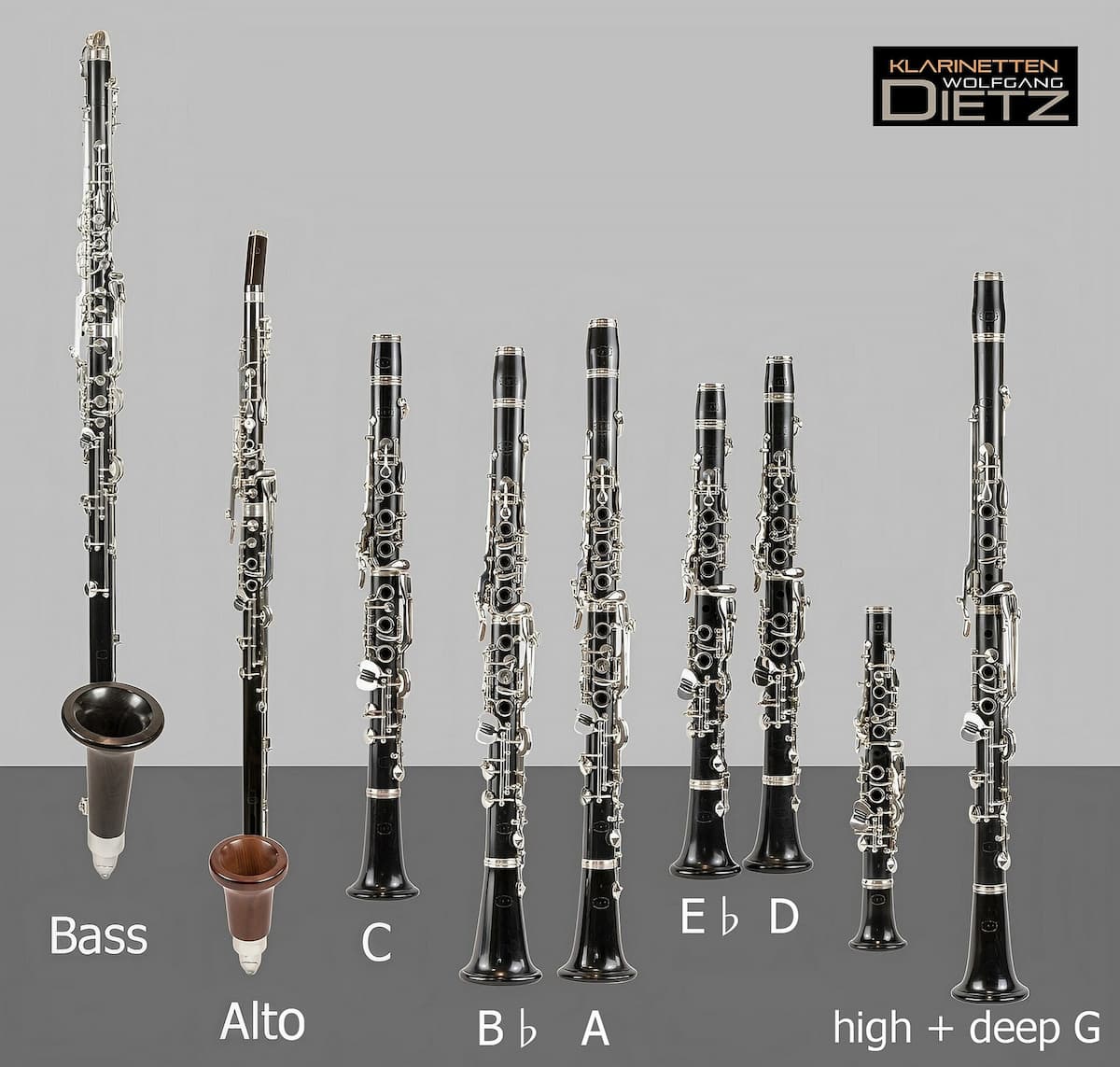
The clarinet family
The instrument was a relatively new addition to the woodwind family and was invented by Johann Christoph Denner at the beginning of the 18th century. Isn’t it interesting that the name “clarinet” originally meant “small trumpet,” probably because it boasted such a rich sound quality at both low and high registers. It’s a single-reed instrument and over time a whole family of instruments of different sizes developed, including the piccolo clarinet, alto clarinet, bass clarinet, and the mighty contrabass clarinet. I always thought that two clarinets are better than one, so I’ve decided to go on a quest and find the 10 most fun and exciting clarinet duos in the repertoire.
Giuseppe Donizetti: Sonata for 2 Clarinets in C Major
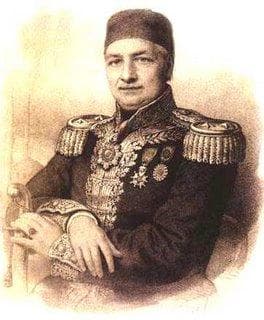
Giuseppe Donizetti
Giuseppe Donizetti: Sonata for 2 Clarinets in C Major (Josep Fuster, clarinet; Elvira Querol, clarinet)
Everybody knows the great opera composer Gaetano Donizetti, but his older brother Giuseppe (1788-1856) is not really a household name. Having two musicians and composers in the same household can be a source of friction, so Giuseppe spent most of his career under the employment of the Ottoman court. In fact, he was the general instructor of Imperial Ottoman Music in Istanbul, and he composed lots of ceremonial music.
Besides countless marches and anthems, he also wrote a charming sonata for two clarinets. It follows the standard convention of sonata composition at that time, opening with an Allegro in sonata form, and followed by a recitative-like second movement and a concluding Rondo. Both clarinets are treated equally, and both play brilliant running scales. Technically it’s probably not really challenging, but it makes up for that with lots of musical charm.
Francis Poulenc: Sonata pour deux clarinettes

Francis Poulenc
For some contemporary listeners, Poulenc’s Sonata for Two Clarinets left “an acid taste that delicately annoys the ear.” That assessment seems to be missing the point completely, as the 19-year-old composer was just looking for a bit of musical fun. Composed in 1918, the Sonata is dedicated to Edouard Souberbielle, a close personal friend and organist.
The opening “Presto” is pure and unadulterated fun, as the clarinetists simultaneously perform in different time signatures. And once we add the repetitive wide leaps of the clarinet in A, it is difficult not to laugh out loud. Projecting a completely different mood, the lyrical “Andante” is built upon a comical monotonous accompaniment, while the concluding “Vif” sparkles with hilariously awkward and challenging runs for both players.
Charles Koechlin: Idyll for Two Clarinets, Op. 155bis
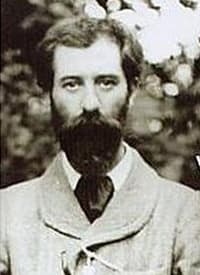
Charles Koechlin
Charles Koechlin: Idyll for Two Clarinets, Op. 155bis (Dirk Altmann, clarinet; Rudolf Konig, clarinet)
Charles Koechlin (1867-1950) was often described as an “alchemist of sound.” And that is high praise indeed, considering that he was one of the most respected teachers of his generation. He counted Poulenc, Sauguet, and Milhaud among his students and colleagues, and he was absolutely prolific as a composer. Koechlin was inspired by nature, the mysterious Orient, French folksong, astronomy, and Hollywood movies, and his music has a very expressive sound, that is very different from his contemporaries.
Koechlin was in love with the music of J.S. Bach and Wolfgang Amadeus Mozart. And we can hear some of that influence in his tender “Idylle pour deux clarinettes.” Composed in 1936, this short little beauty is clearly reminiscent of the musical language and the former clarity of Mozart.
Richard Franko Goldman: Sonatina for Two Clarinets, “Moderately fast”
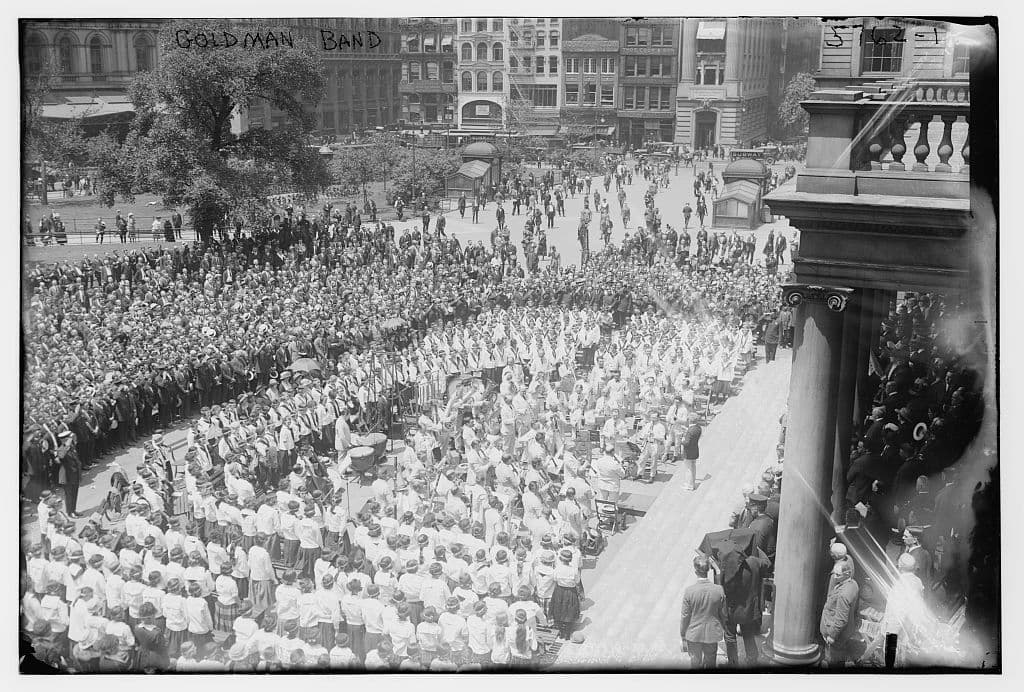
The Goldman Band
Richard Franko Goldman (1910-1980) was a conductor, educator, music critic, and composer. He took over as conductor of the “Goldman Band,” a professional wind band formed by his father in 1918. He taught at Juilliard, and was a visiting professor at Princeton University before being appointed president of the Peabody Conservatory of Music.
His Sonatina for Two Clarinets is dedicated to Aaron Copland, and originally written for two Bb clarinets. Featuring a dramatic dynamic and range, Goldman loves to have fun with interesting rhythms and frequent changes in meter. The opening two movements follow a loose strophic form, while the third movement is a fugue.
Robert Stark: Sonata for Two Clarinets in E-flat Major
Robert Stark (1847-1922) was an exceptionally fine German performer and pedagogue on the clarinet. He started his career as an orchestral player and became a professor at the Conservatory in Würzburg. He wrote a famous 1892 clarinet tutorial that is still consulted by teachers the world over. In fact, Richard Mühlfeld, famous for having inspired Johannes Brahms to compose three works for clarinet, was highly complimentary of Stark’s pedagogical expertise.
A typical first movement Allegro is followed by a slow lyrical second movement and the habitual pair of dances in the third. The rapid last movement is a brilliant display of virtuosity for the clarinet, and Stark’s music is not only elegant, inventive, and appealing, it is also honest and highly expressive.
Michele Mangani: Sonata for two Clarinets
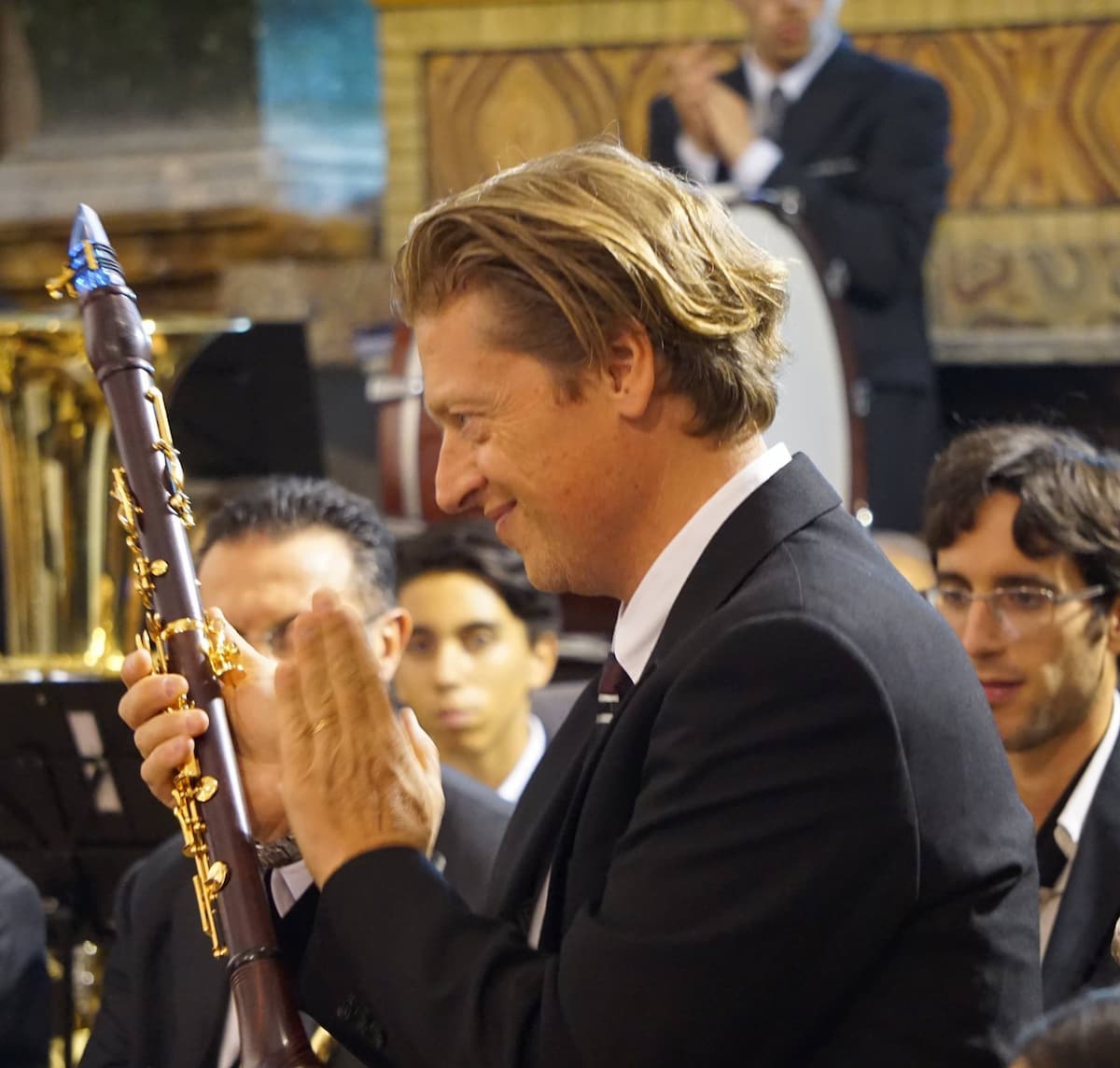
Michele Mangani
The Italian conductor, composer, and clarinettist Michele Mangani, born in Urbino in 1966, has written over 1,000 pieces for chamber ensembles, orchestras, and choirs. But his biggest production is found in Band and Symphonic band literature, for which he has composed about 350 original compositions and transcriptions. And being an accomplished clarinettist, that instrument features rather frequently in his output.
Mangani is also a music educator and a good many of his pieces are compulsory in various contests and auditions, where he is often invited to serve as a jury member or president. And his Sonata for two Clarinets does feel a little bit like a didactic piece. While the first clarinet is doing all the heavy lifting, the second instrument is employed in a quasi-accompaniment role. Nevertheless, the instruments beautifully intertwine and collaborate with each other.
Gunther Schuller: Duo Sonata
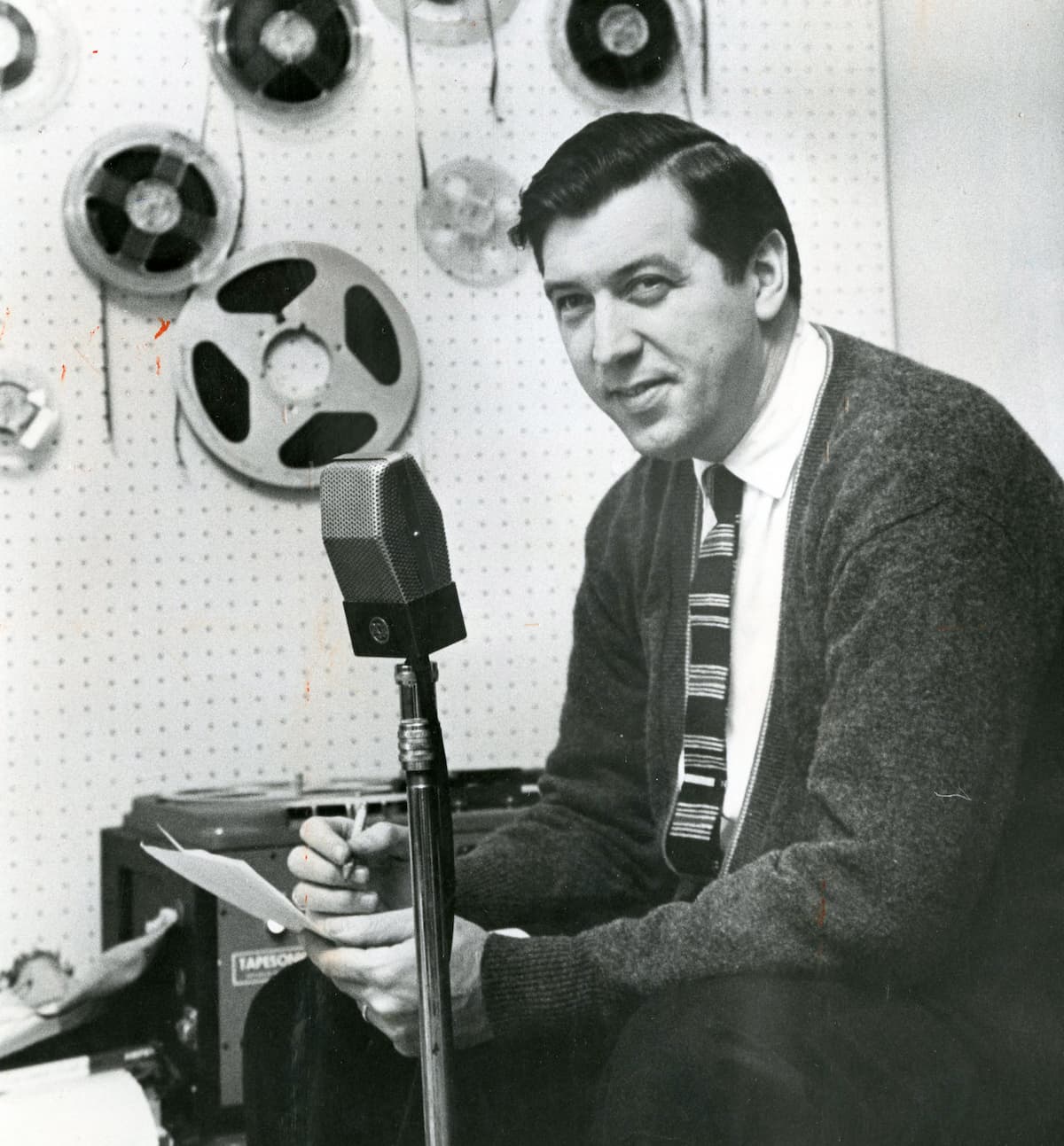
Gunther Schuller
Gunther Schuller: Duo Sonata (Colin Lawson, clarinet; Victoria Soames Samek, clarinet)
Gunther Schuller (1925-2015) was self-taught as a composer, and he counted Stravinsky and Schoenberg as his primary influences. In his compositions, he “leaned toward an expressively chromatic atonal idiom, which he uses with poetic imagination and flair for vivid timbres.” Schuller wrote in virtually all musical genres, and a good many of his works are scored for neglected instruments and ensembles.
His Duo Sonata for Clarinet and Bass Clarinet dates from 1949, and according to the composer, the opening movement is influenced by Schoenberg and Berg, and the second and third movements are salutes to Poulenc and Hindemith. A reviewer writes, “the Duo Sonata perfectly captures the brilliance of the two clarinets and would be an excellent choice for performance purposes. It is a cheerful little opus and lots of fun.”
Bernhard Crusell: Clarinet Duet No. 2 in D minor (Josep Fuster, clarinet; Elvira Querol, clarinet)

Bernhard Crusell
Bernhard Crusell: Clarinet Duet No. 2 in D minor
Bernhard Henrik Crusell (1775-1838) was the internationally best-known Finnish-born classical composer before Sibelius. He learned to play the clarinet by ear and by the age of 13 he was already playing in a military band. Only three years later he became director of a regimental band and he received a scholarship to study with the well-known German clarinettist Franz Tausch in Berlin.
Crusell became well-known as a clarinet soloist and he performed in Sweden, Germany, and England. According to critics, he was admired for “the roundness of his tone and its evenness in quality throughout the range of the instruments. During a brief stay in Paris, Crusell studied composition at the Conservatoire with Gossec and Berton, and the delightful clarinet duet shows off his compositional and performance skills.
Jean Xavier Lefèvre: Duo Concertant, Op. 13, No. 3

Jean Xavier Lefèvre
Jean Xavier Lefèvre: Duo Concertant, Op. 13, No. 3 (Colin Lawson, clarinet; Victoria Soames Samek, clarinet)
Jean Xavier Lefèvre (1763-1829) became a member of the French Guards band at the age of 15. He subsequently became deputy conductor of the National Guard, and taught at the Paris Conservatoire. During his term in office many of his students were awarded first prizes, and until 1817 that award consisted of a pair of French-made clarinets in B-flat and C.
It was Conservatoire policy that the contest pieces had to be compositions by the teaching professor, so Lefèvre composed a prolific number of works for the clarinet, many of whom he also performed himself. A number of clarinet concerts have survived, and also a large collection of duets. Particularly noteworthy are the six duet Op. 13, all scored in two movements with the concluding movements generally cast as a set of typical variations.
Ernesto Cavallini: 3 Grand Duets for 2 Clarinets, No. 2
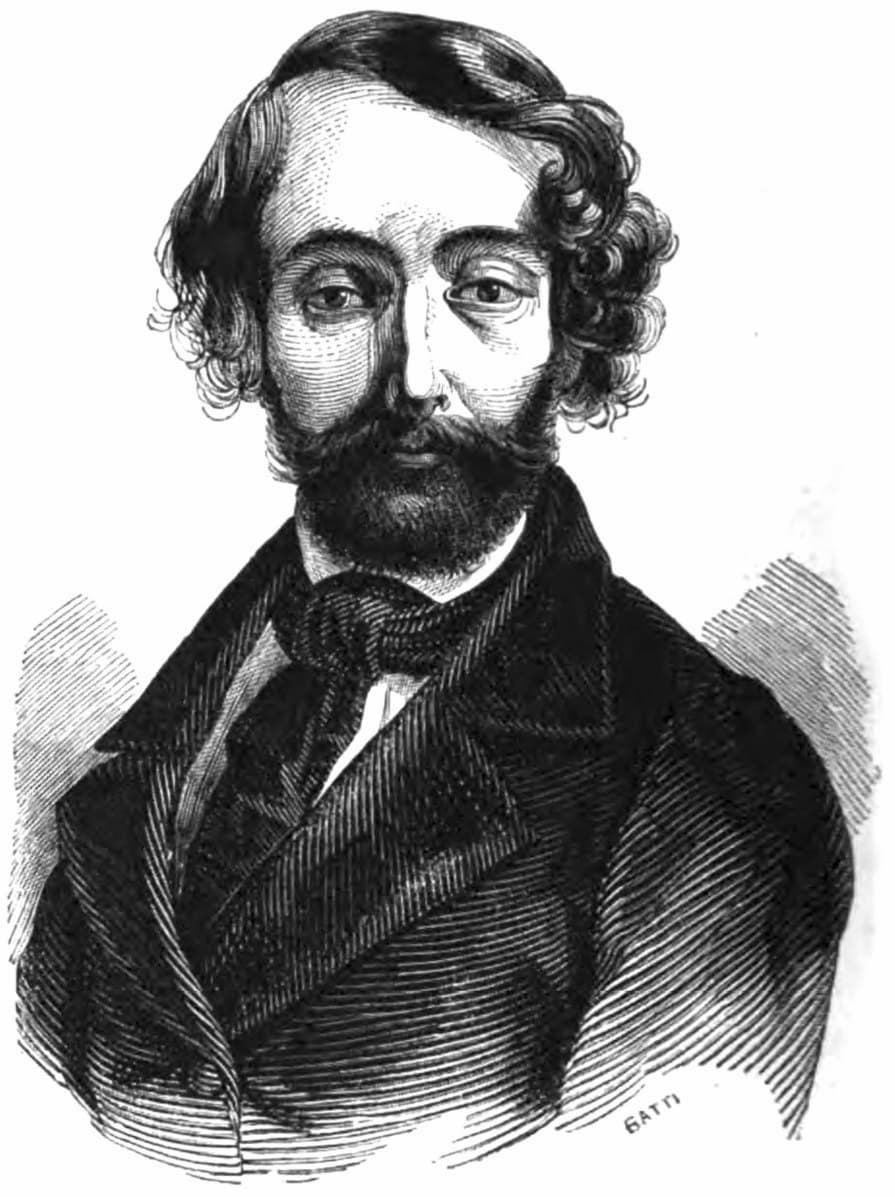
Ernesto Cavallini
Let’s conclude our little blog on 10 fun and exciting clarinet duos by looking at Ernesto Cavallini (1807-74). Everybody was impressed by his virtuoso skills on the clarinet, and that included Rossini, Verdi, and Mercadante. Cavallini was highly praised “for his skillful and mellow performance and for his quality of sound.” In fact, he was supposedly known as the “Paganini of the clarinet for his wonderful execution.” Literally, hundreds of clarinet duos in all forms, shape and sizes have been composed, and hopefully you’re inspired to find more fun pieces.
For more of the best in classical music, sign up for our E-Newsletter



